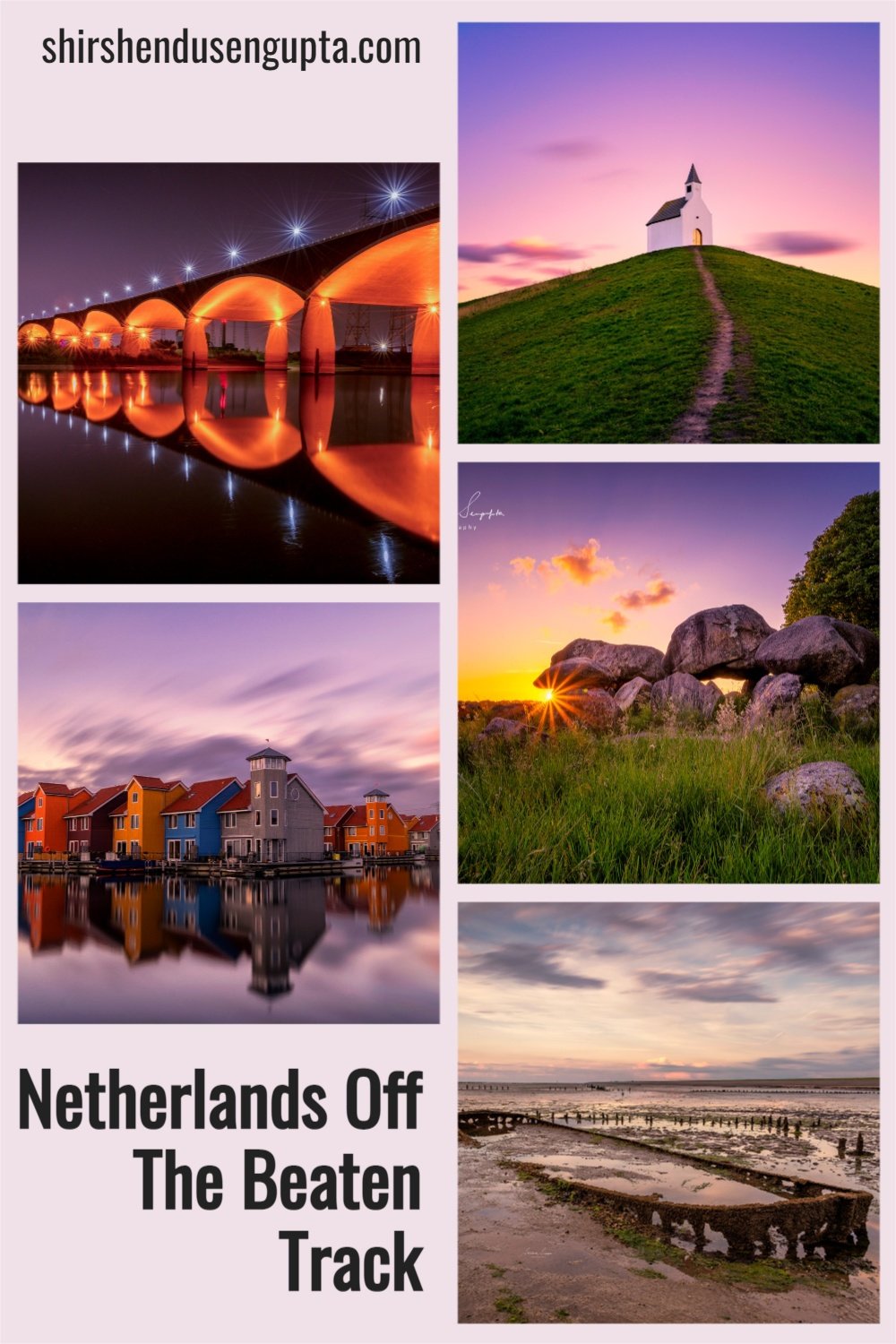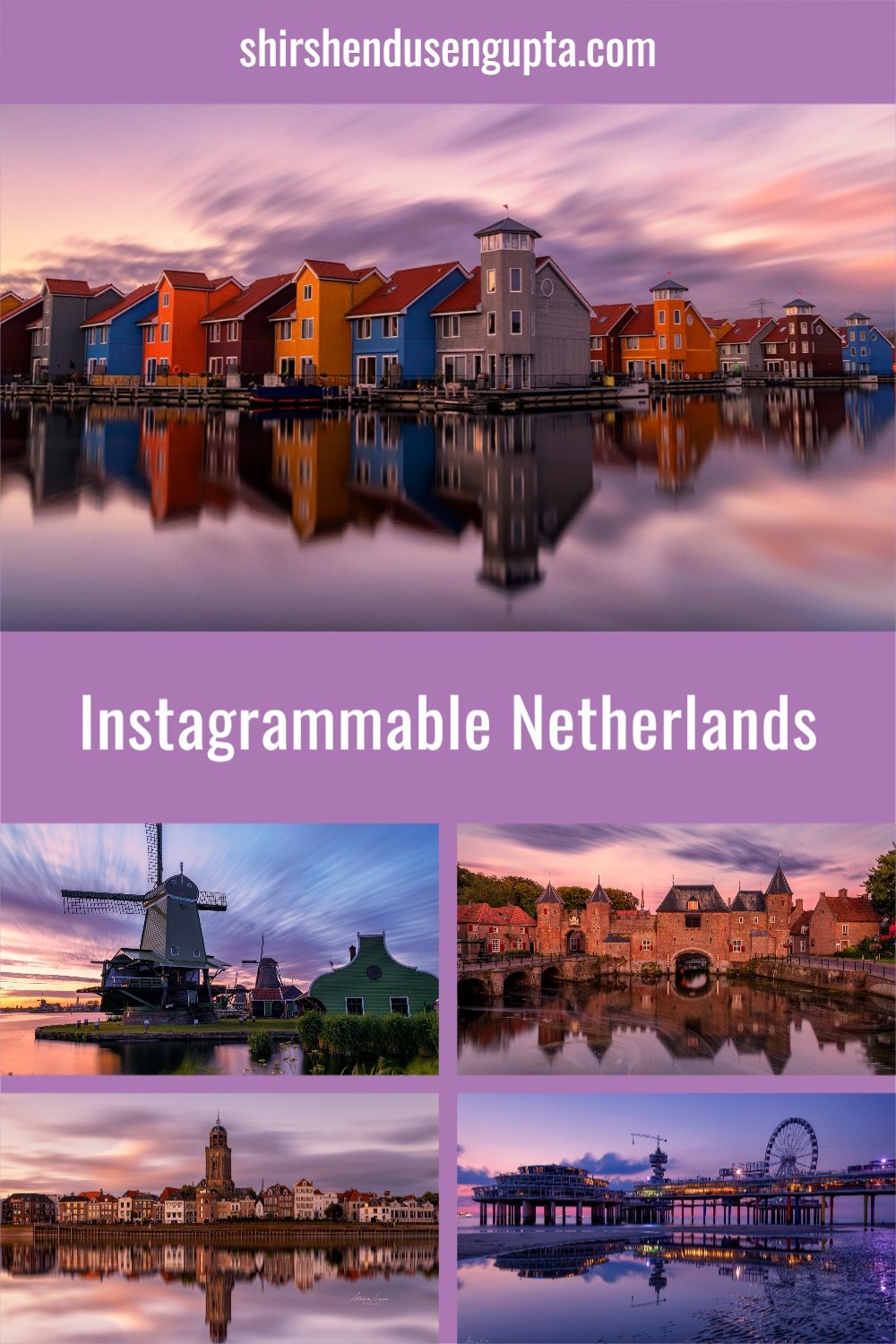Netherlands Travel - Groningen Province
The province of Groningen is situated on the Dutch mainland but includes the islands of Simonszand, Zuiderstrand, Rottumeplaat, and Rottumeroog. The province of Groningen, named for its capital city, is mainly an agricultural area. Nonetheless, practically every village and town in the province has a number of historic structures and monuments. For Dutch vacationers, the northern part of the province, called Hoogeland, is a favorite destination. This area is home to numerous natural reserves. Water activities are another reason for Groningen's fame.
The city of Groningen, the capital of the province of Groningen, is a trendy, generally cosmopolitan city with a vibrant student population. The arts scene is very lively, especially during the school year, and reasonably priced eateries serve up fresh falafel and exotic curries in addition to the typical Dutch staples. The city, which was almost completely destroyed during the Allied occupation in 1945, is centered on two massive squares and is now a mashup of architectural styles, ranging from dazzling Art Deco tilework along the upper façade of the shopping strip to traditional canal-side townhouses.
So through this series of articles, I intend to share our stories and experiences of traveling across the Groningen province of the Netherlands with our fellow photography and travel enthusiasts. I hope they help you plan your travels across this beautiful province!





Before we begin our story today, let me ask you a “Did you know?” question. Did you know that there are Stonehenges in the Netherlands? And that they are older than the English Stonehenge and the Egyptian Pyramids? And that too not just 1, but 54? If not, this article is for you. In this article, I’m going to demystify the prehistoric Hunebedden (meaning giant beds in Dutch) for you. So without further delay, let me share with you the intriguing story of the Hunebedden or Dolmens of the Netherlands.